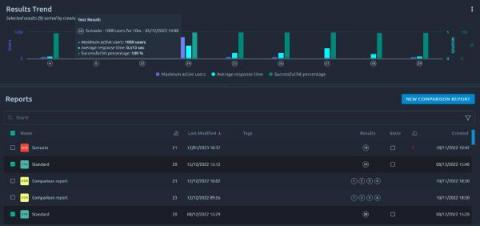OctoPerf v13.1 - Jira, variable queues, recorder and new UI improvements
Our New user interface has kept us busy for a while now, which explains why we haven’t made an update post like this one in a while. You’ve probably noticed that the UI has changed a lot since the first version released last year. It’s obvious when you put them side by side. The beta version: And the latest: A lot of it had to do with updating to Angular 15 but this was also the perfect occasion to offer an even better user experience.











